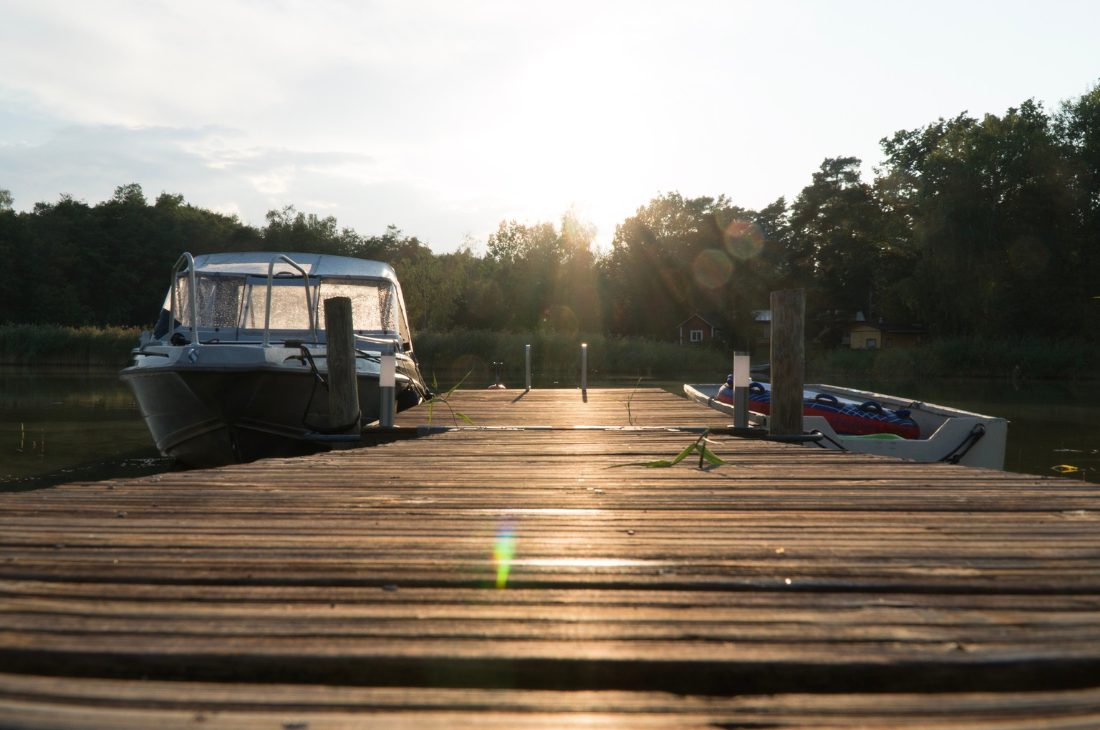
Mastering the Art of Safe Boat Docking
Boat docking, often considered one of the trickiest maneuvers for boaters, can be both challenging and exhilarating. The ability to safely approach, position, and secure your boat at the dock is a crucial skill for any boat owner. Whether you're a seasoned captain or a novice boater, mastering safe boat docking techniques can significantly enhance your confidence on the water and minimize potential mishaps. In this guide, we'll delve into the essentials of safe boat docking, emphasizing the significance of preparedness, patience, and utilizing the right equipment.
Understanding Wind and Current Factors
Before even approaching the dock, it's essential to take into account the wind and current conditions. Wind and water currents can significantly influence your boat's movement and make docking a bit more challenging. Determine the direction and strength of the wind and current, as this will impact how your boat responds when approaching the dock. Always approach the dock against the current and wind to maintain better control.
Slow and Steady Wins the Race
When it comes to docking, patience is your best ally. Approach the dock at a slow and controlled speed, giving yourself ample time to assess the situation and make adjustments as needed. Avoid rushing or making sudden maneuvers, as these can lead to accidents or collisions. If you find yourself coming in too fast, utilize reverse gear to bring your boat to a halt gradually.
Utilizing Dock Lines Effectively
Dock lines play a crucial role in safe boat docking. These lines help you secure your boat to the dock, preventing it from drifting away due to wind or current. One end of the dock line should be secured to your boat's cleats, while the other end is attached to a dock cleat or piling. When tying your boat, make sure the lines are not too tight or too loose, allowing for some movement but maintaining a secure connection. Cleats, in particular, are pivotal in providing a strong and reliable point for attaching your dock lines.
The Importance of Sturdy Cleats
Throughout the process of safe boat docking, sturdy cleats emerge as a critical element. Cleats are metal or plastic fittings affixed to the boat's deck, providing a secure point for attaching dock lines. The choice of cleats should prioritize strength and durability, as they bear the tension of the lines that hold your boat in place. High-quality stainless steel cleats are particularly recommended, as they offer excellent corrosion resistance and can withstand the harsh marine environment.
The Role of Fenders and Bumpers
Fenders and bumpers act as buffers between your boat and the dock, protecting both from potential damage during docking. These soft cushions absorb impact and prevent scratches, dings, or more serious collisions. Position your fenders on the sides of your boat facing the dock, adjusting their height according to the dock's height and your boat's hull. Properly placed fenders can prevent accidents and keep your boat looking pristine.
Key Takeaways
Mastering the art of safe boat docking requires a combination of perparedness, patience, and the right equipment. Being attentive to wind and current conditions, approaching the dock with caution, and utilizing effective dock lines and fenders are all essential components of successful docking. Moreover, investing in sturdy cleats, such as reliable stainless steel options, enhances the safety and reliability of your docking process. With practice and proper knowledge, you can confidently navigate the docking process and enjoy hassle-free experiences each time you approach the dock.
